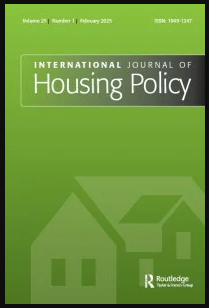Around one in four Australian households are reliant on the private rental sector. The light regulation thereof means that landlords are able to increase the rent annually to whatever the market can tolerate and can evict tenants for a range of reasons. Although precise data are not available, organisations assisting tenants have reported that not renewing leases and actual evictions in the current tight rental market are common.
We argue that when a tenant is forced to move by an unaffordable rent increase, or a refusal by the landlord to do repairs, these involuntary moves should be recognised as an ‘informal eviction’, even without a termination notice. Despite its prevalence, there has been scant research on evictions in Australia. We draw on 53 interviews with private tenants in two states, New South Wales and Queensland to understand the impacts of eviction. Drawing on Isabell Lorey’s and Judith Butler’s concepts of precarity, the article examines the impacts of both the threat of eviction and actual eviction on private renters.
Several impacts are discussed – the effects on tenants’ mental health, the financial implications, the reluctance to ask for maintenance, the loss of support networks, sense of home and decline in accommodation quality.

